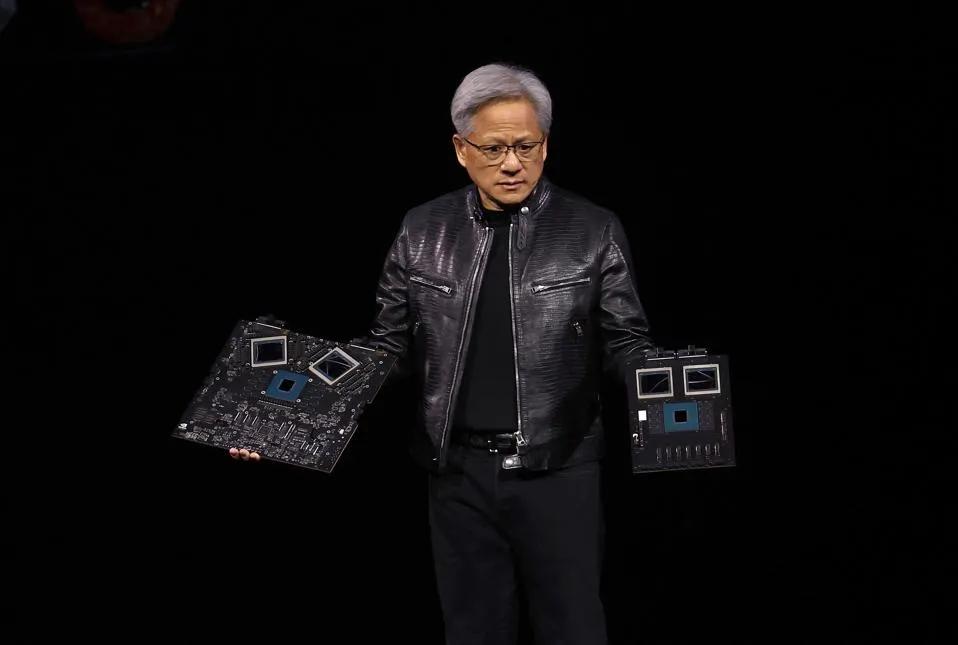Nvidia CEO: “Human” is the New Programming Language
Jensen Huang, CEO of Nvidia, said something very interesting at London Tech Week: people don’t need to learn Python or C++ anymore. Artificial intelligence now lets anyone use normal, talking words to make software.
What’s really, really cool is that programming an AI is the same as programming a person… “Human is the name of this new programming language,” Huang said in his speech.
He said that by telling the AI things like “You are a wonderful poet” You can tell it to write working code, scripts, or tools by telling it things like “write a poem about today’s keynote.” This is a big change in the way software is made, and it’s often called “vibe coding.” With this new method, the programmer’s job is not to write every line of code, but to guide, prompt, and improve the results that AI produces.
Why This Matters
- Lower barrier to entry : Anyone, even without a background in programming, can instruct AI to create useful applications and digital tools.
- Democratizing software creation : Huang sees this as a major opportunity, especially for professionals in fields like education, biology, and agriculture who may have ideas but not the technical skills to bring them to life.
- Humans are still essential : Despite the shift, experts are needed to define goals, test outputs, and ensure that AI-generated software is secure and reliable.
Benefits and Challenges of Vibe Coding
Pros
- Speeds up prototyping and software development
- Allows non-coders to experiment and create
- Encourages more creative collaboration between humans and machines
Cons
- AI-generated code can have bugs or security flaws
- Users may not understand how the code works
- Human oversight is still necessary for validation and decision-making

The Road Ahead
They think AI will change the way we think about programs. It’s possible that soon, being able to “talk” to an AI will be more useful than being able to code in Java or C++. Some people compare this to how writing by hand is becoming less important in the digital world.
Coding isn’t going away completely, though. People will always be needed for security, program design, and systems with a lot at stake. AI can do a lot of the work that needs to be done over and over, but humans are still better at being creative, making moral decisions, and thinking at the system level.
To sum up, the world of programming is changing—not by getting rid of coders, but by making it possible for more people to become them. When it comes to AI, the new computer language might just be “human.”
Disclaimer
The information presented in this blog is derived from publicly available sources for general use, including any cited references. While we strive to mention credible sources whenever possible, Web Techneeq – Web Design Agency in Mumbai does not guarantee the accuracy of the information provided in any way. This article is intended solely for general informational purposes. It should be understood that it does not constitute legal advice and does not aim to serve as such. If any individual(s) make decisions based on the information in this article without verifying the facts, we explicitly reject any liability that may arise as a result. We recommend that readers seek separate guidance regarding any specific information provided here.

